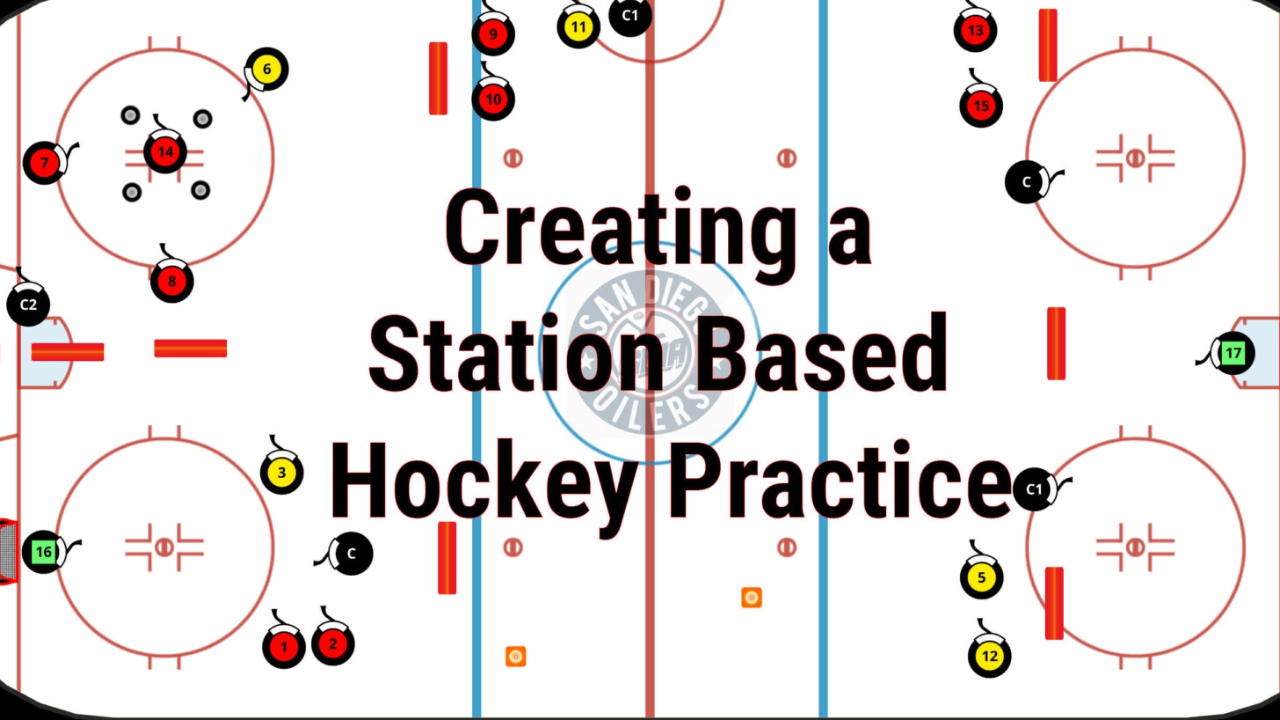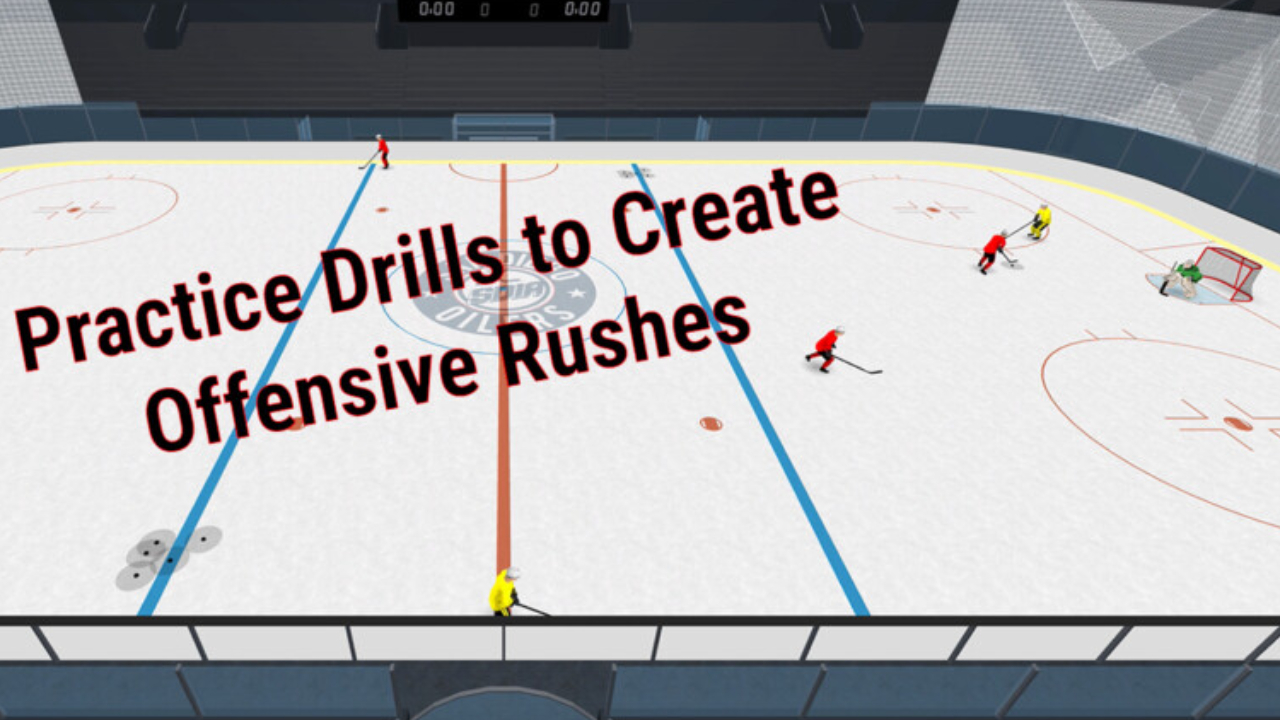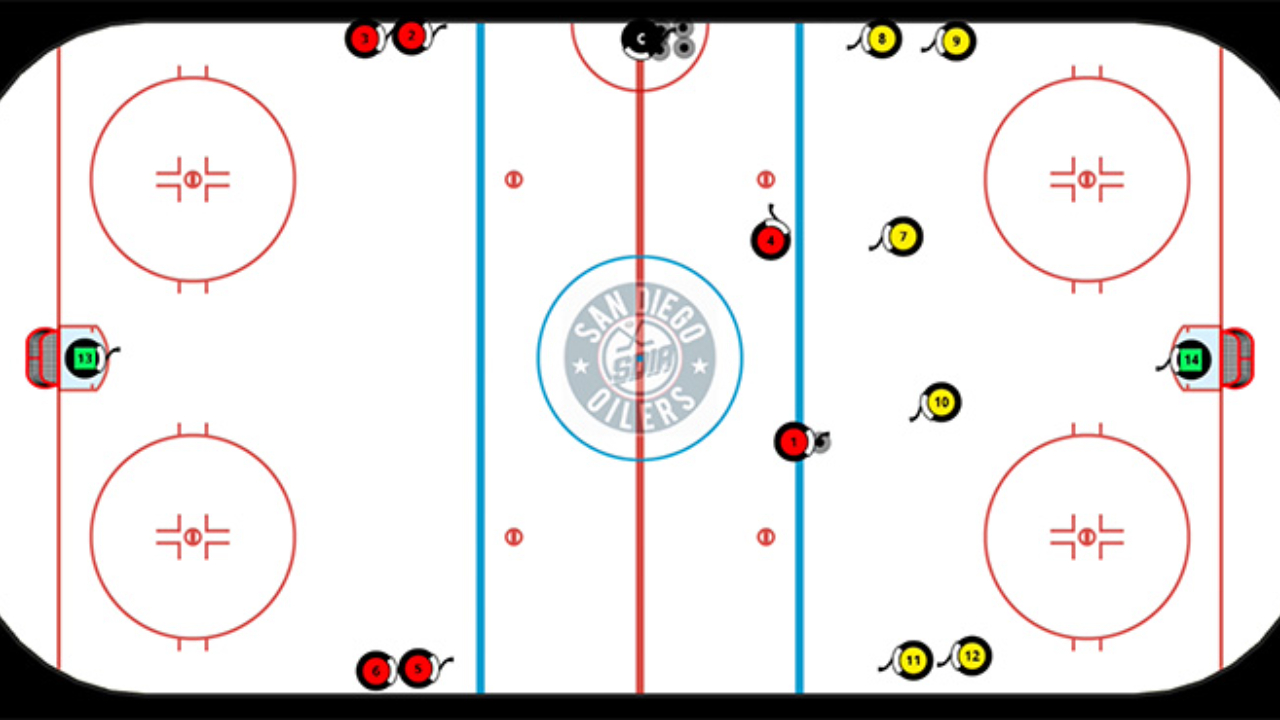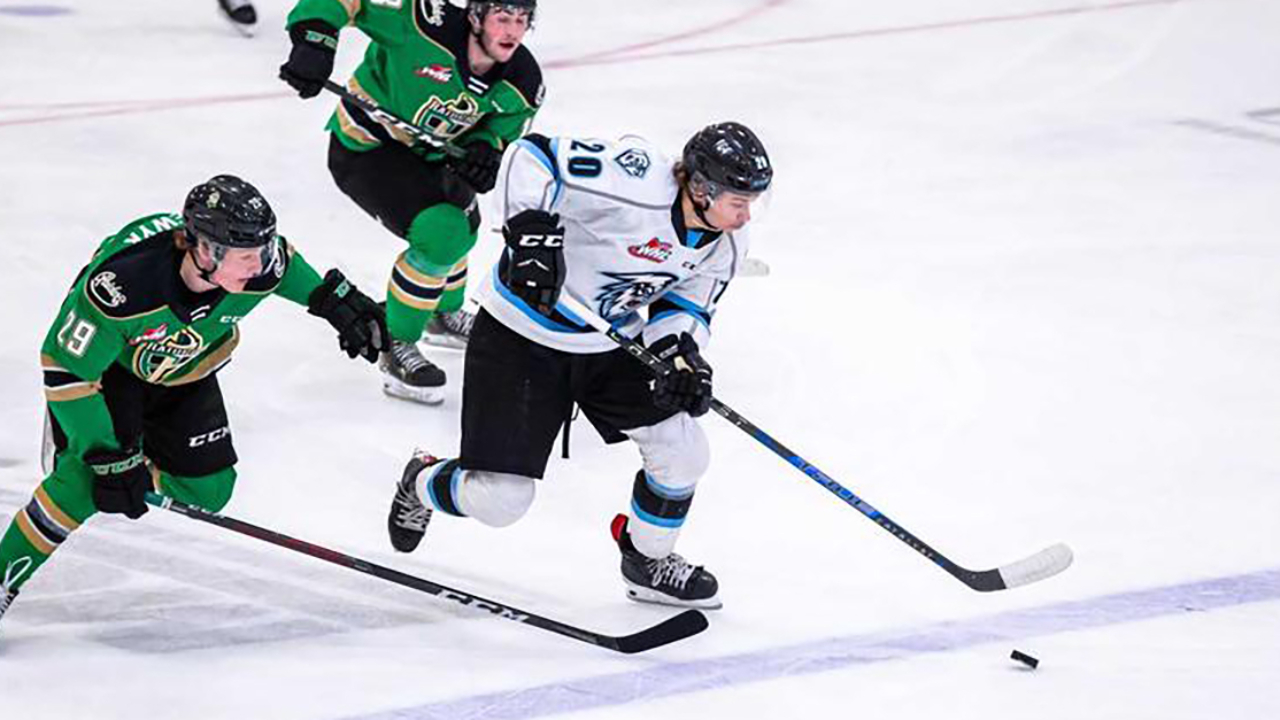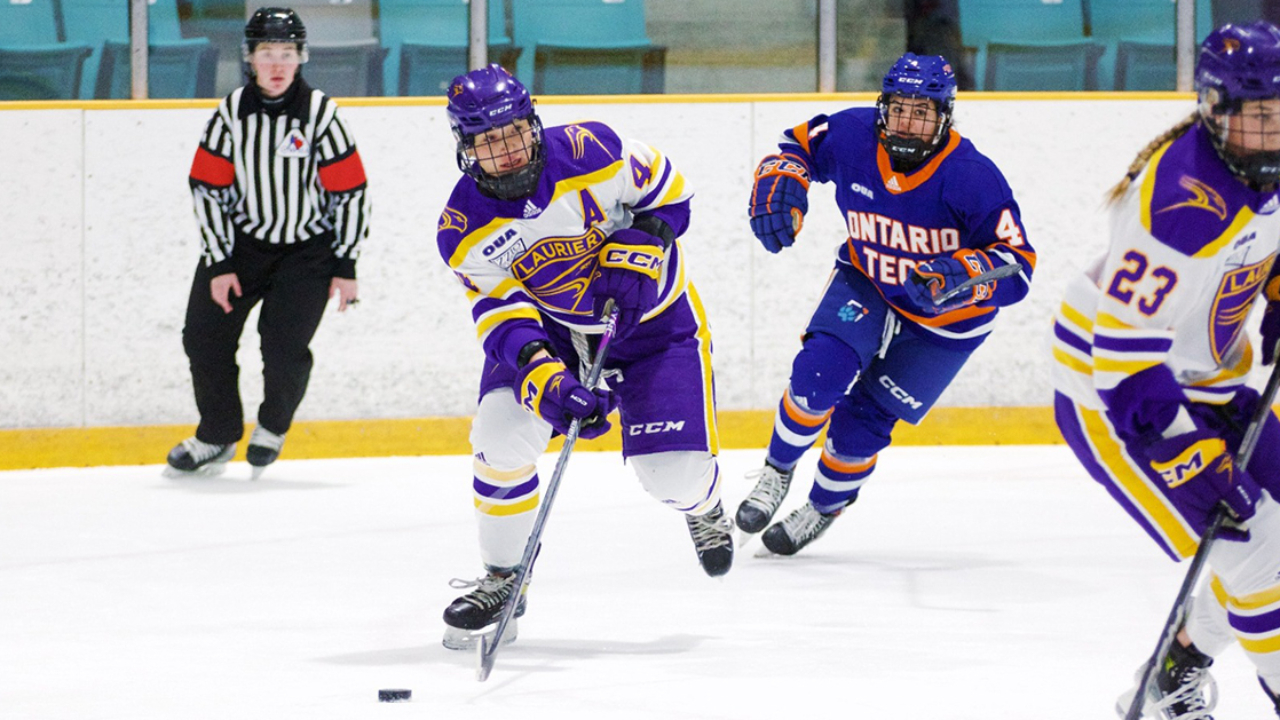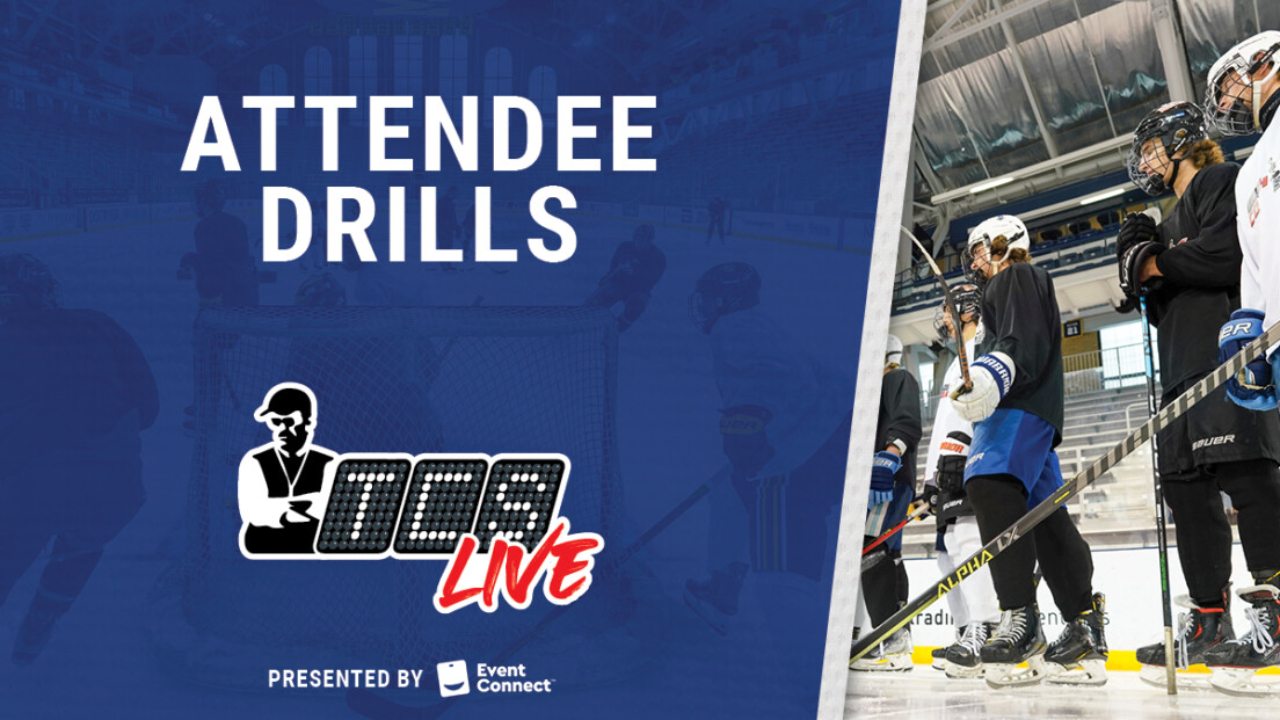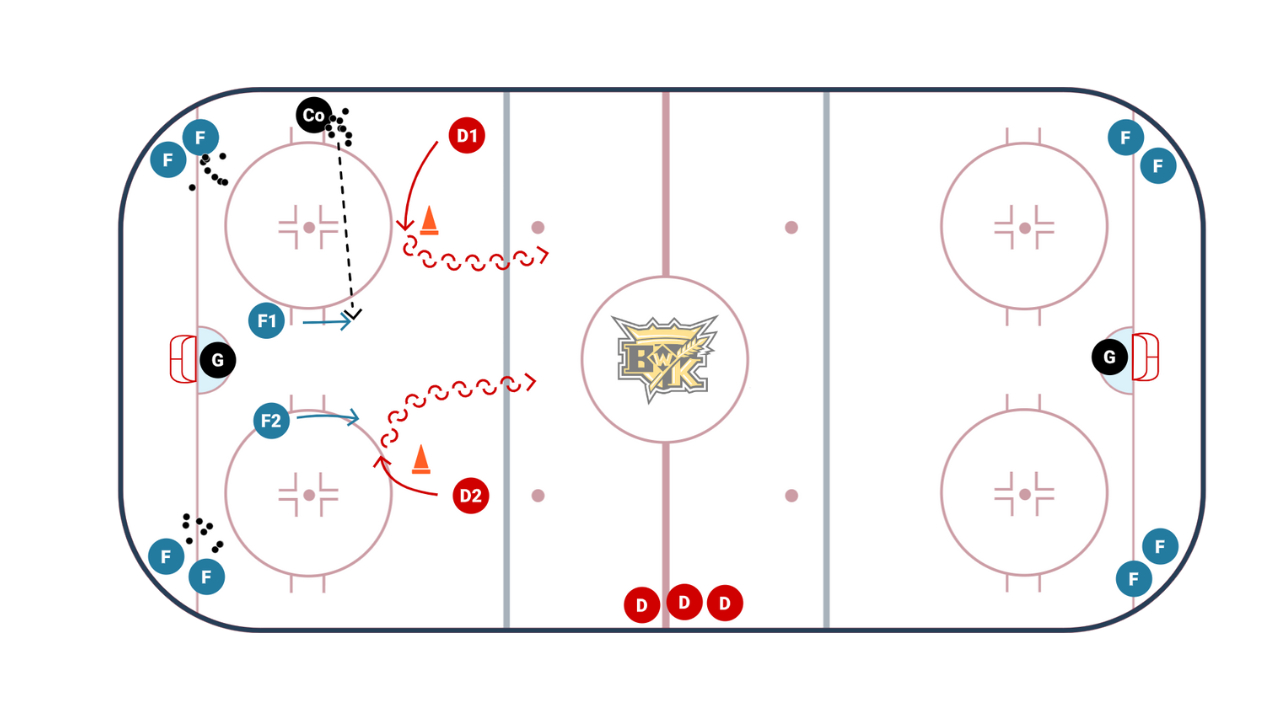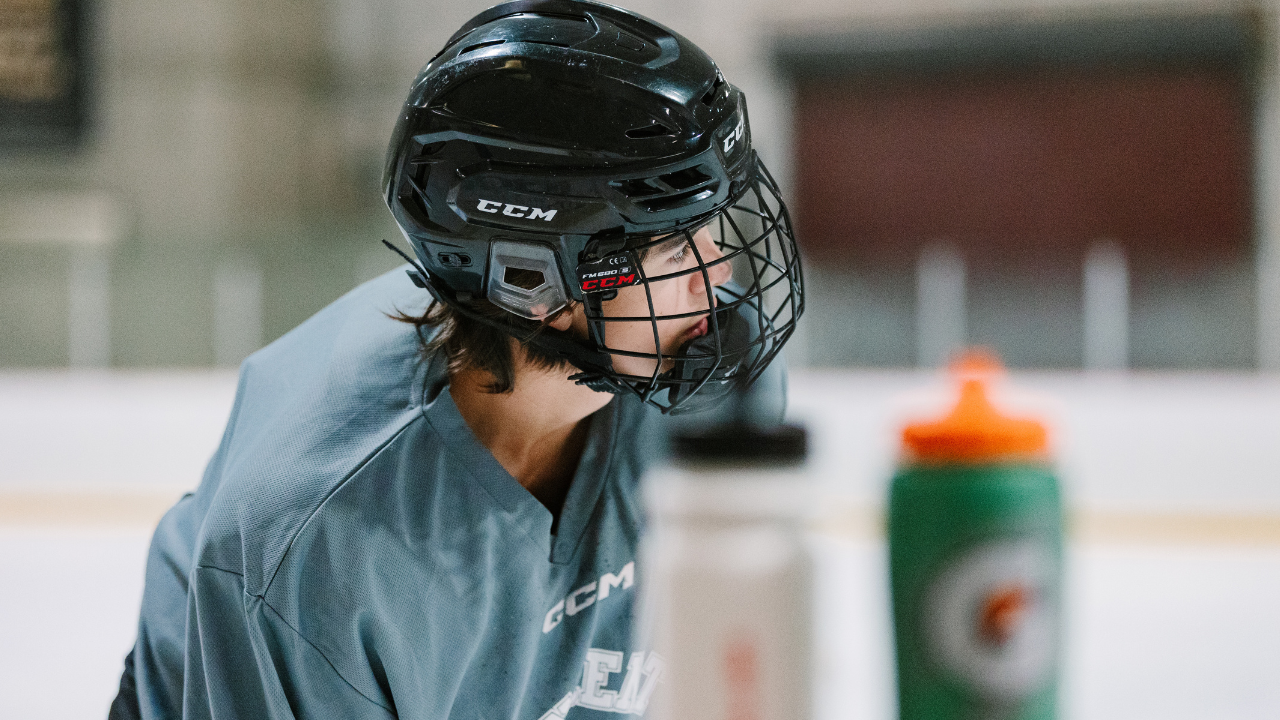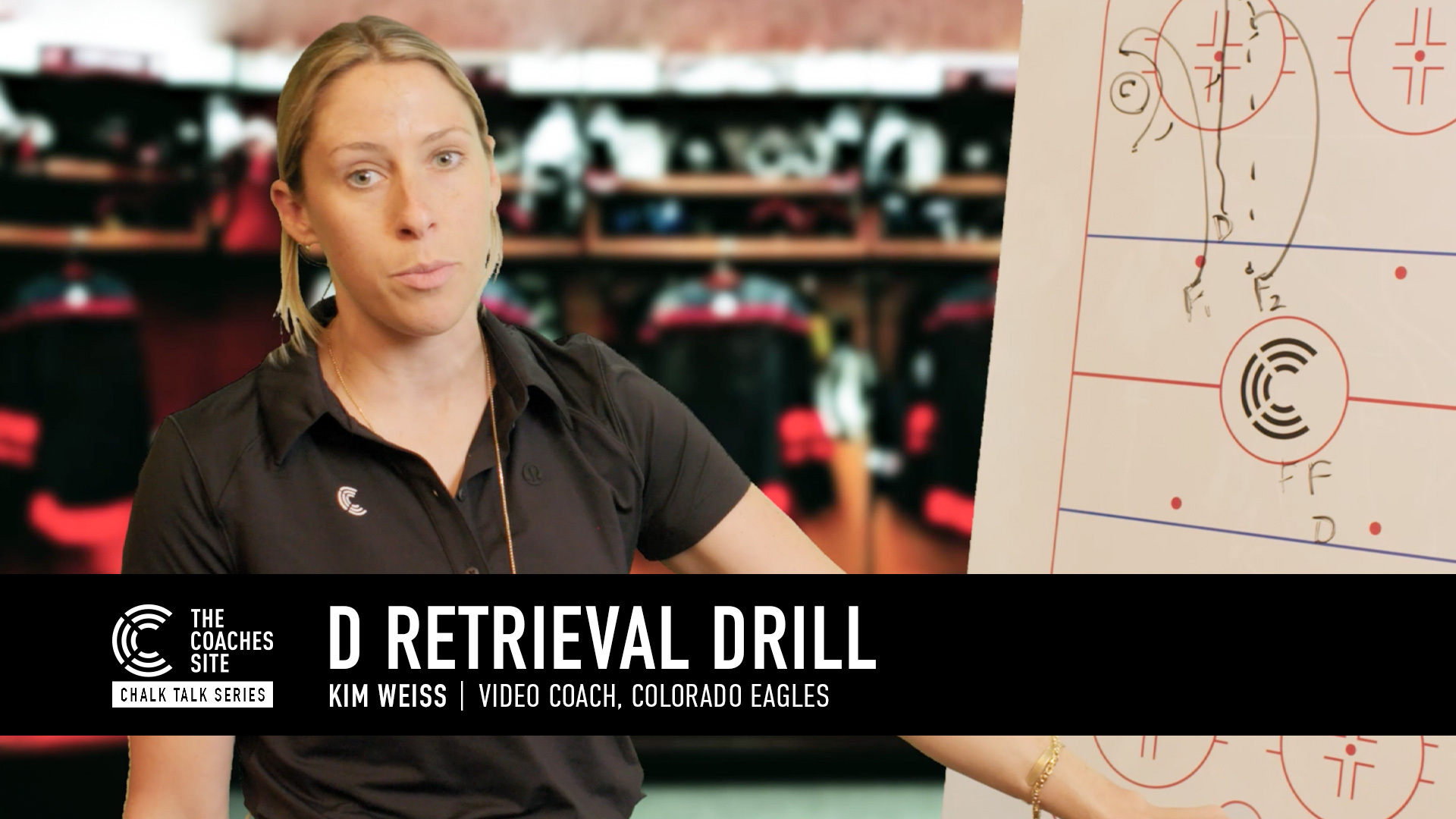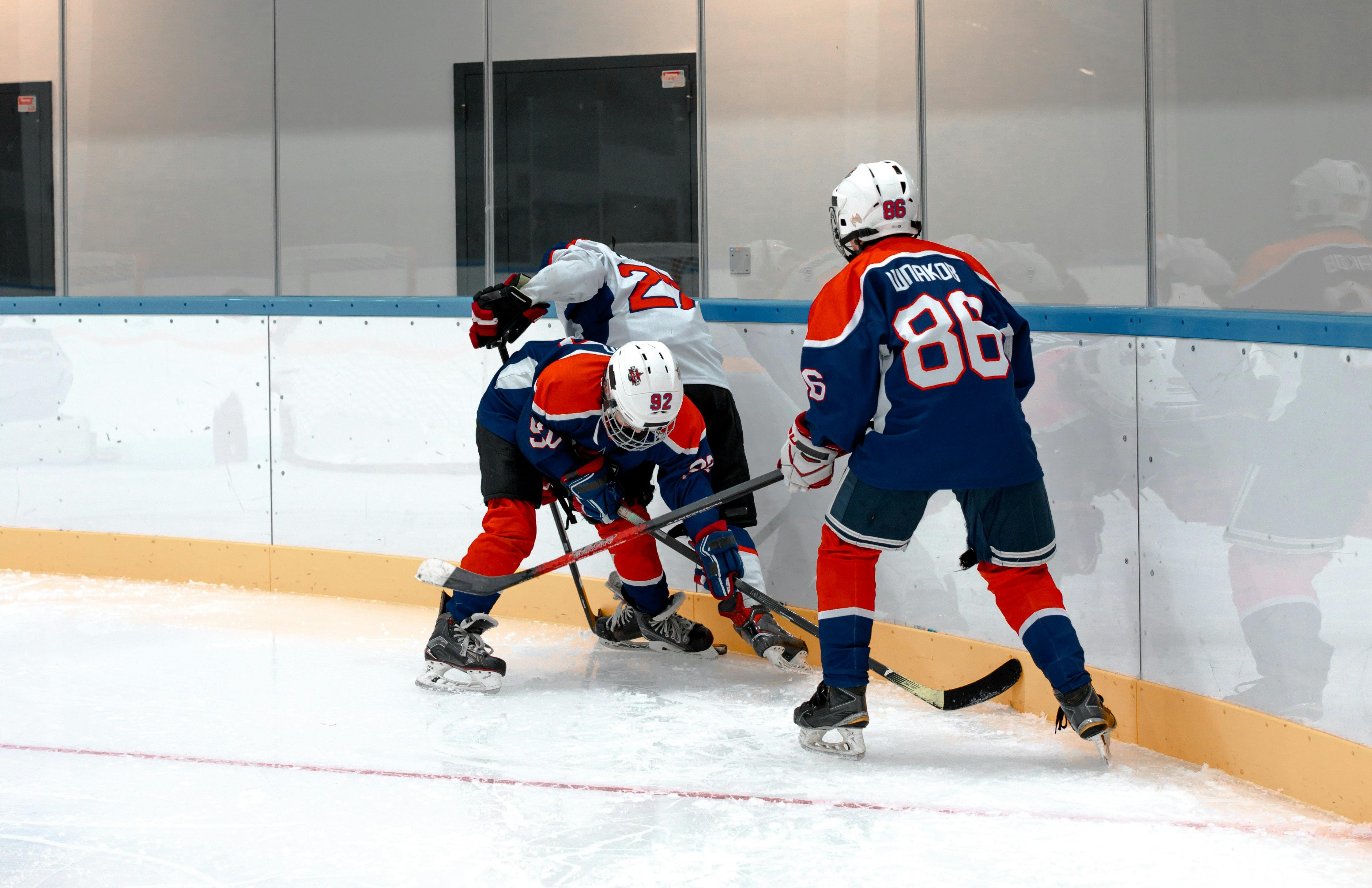
Please download this and feel free to try it with your team.
This week, I wanted to share a drill we’ve been running that really challenged our players to think about transition, backchecking, and communication. It’s a 3v2 out of the corner that quickly turns into a 5v5 — and it’s been one of the most effective ways to teach how quickly the game can flip from offense to defense.
We start with a 3v2 low out of the corner. The forwards attack, work for a quick shot, and as soon as that puck hits the goalie or goes wide, I blow the whistle. Instantly, a new set of three forwards jumps out and heads the other way on a fresh 3v2 rush.
At the same time, the forwards who just finished attacking now have to backcheck hard, and the two defensemen from that same side jump into the play as the D with the new group. Suddenly, you’ve got a full-ice 5v5 transition scenario. Everything happens fast — players have to react, communicate, and find their positioning under pressure.
The first time we ran it, it was chaos. Players were out of position, watching the puck, and chasing. I’ll be honest — I almost moved on to the next drill. But we stuck with it, slowed it down, explained it again, and by the third rep, things started to click.
What I really like about this drill is how many different elements it works on at once:
-
Backchecking with purpose instead of gliding after a play.
-
Sorting coverage and talking during quick transitions.
-
Defending rushes with speed and spacing.
-
Forwards learning to reload and track back.
-
Creating natural forecheck and breakout situations.
It also keeps 10 players going at once, which helps with both engagement and tempo. The biggest benefit for me is how it exposes habits — players who stop skating after a shot, who watch the puck instead of reacting, or who forget to communicate. You can see everything you need to work on in real time.
By the end of the session, the group was starting to figure it out. Forwards were reloading, defensemen were talking early, and our pace started to look more like real hockey — fast, chaotic, but organized through communication and effort.
That’s what I love about this level. Sometimes the best drills are the messy ones. You have to let the chaos happen, teach through it, and trust that the players will grow into it. When it clicks, it’s a great feeling — not just for them, but for you as a coach too.
About the Author
Jesse Candela is a U10 Rep A coach and regional scout in the OJHL. He writes about youth player development, coaching lessons, and the challenges of teaching hockey IQ at the grassroots level.

